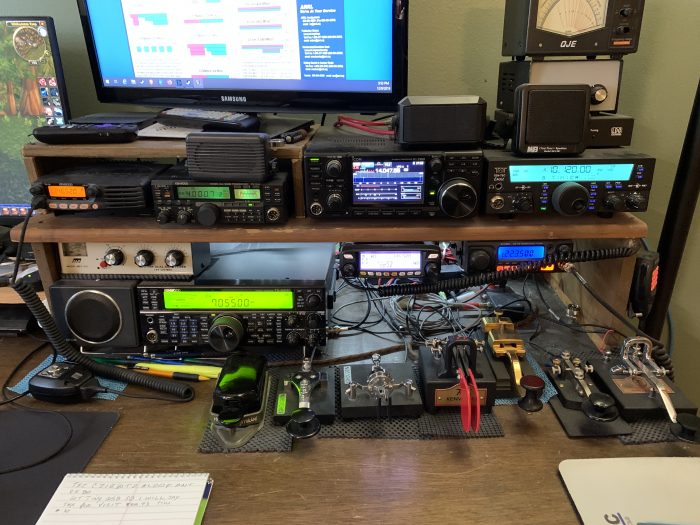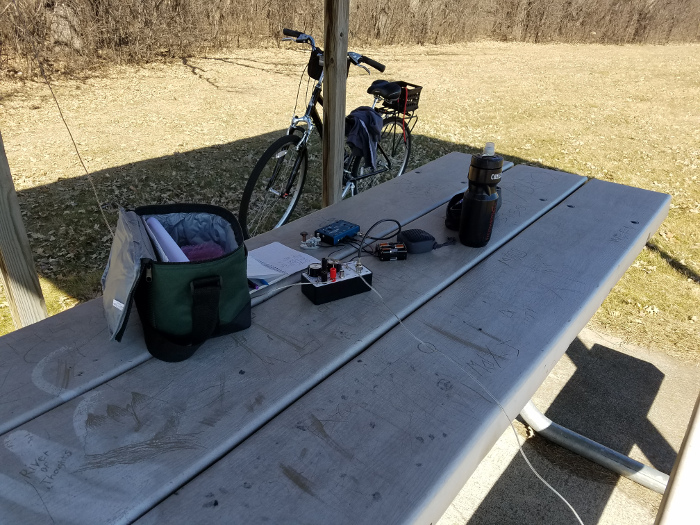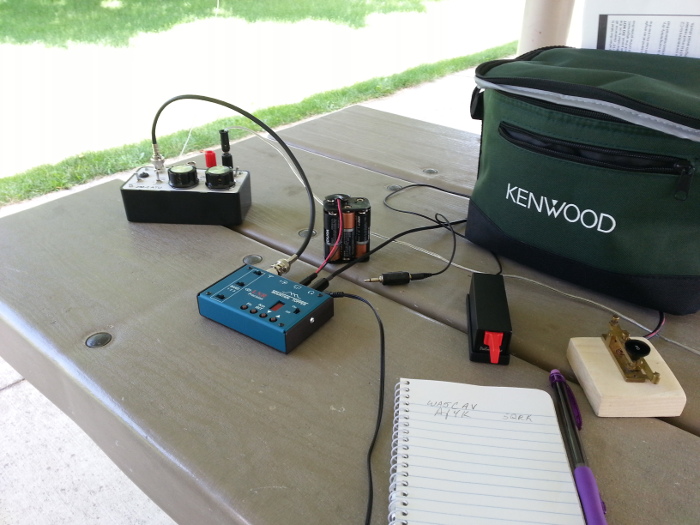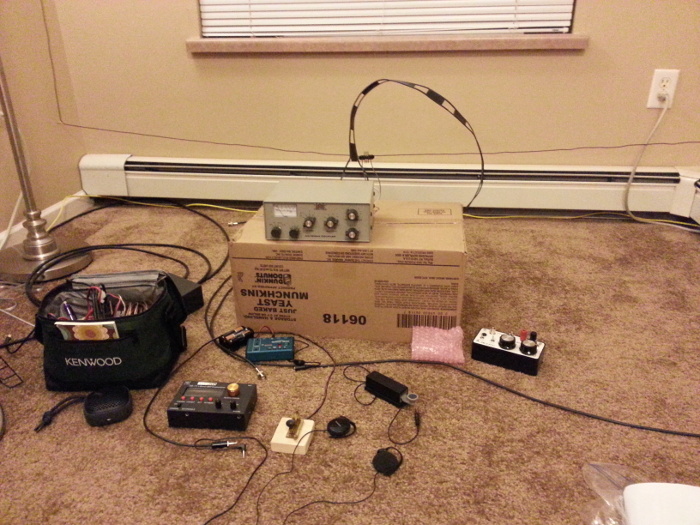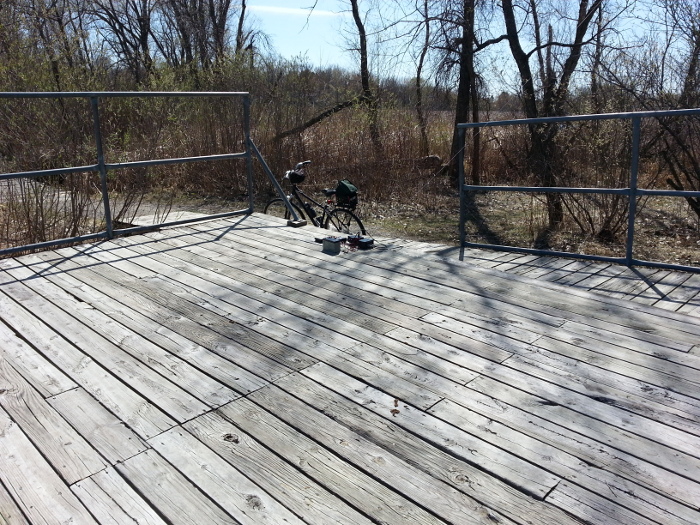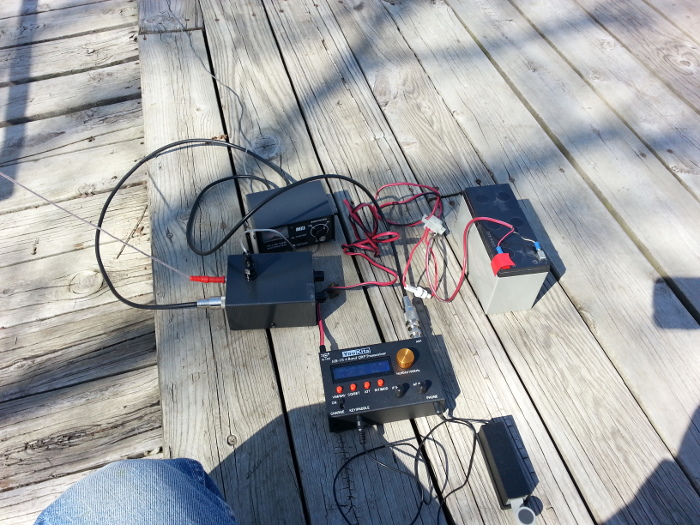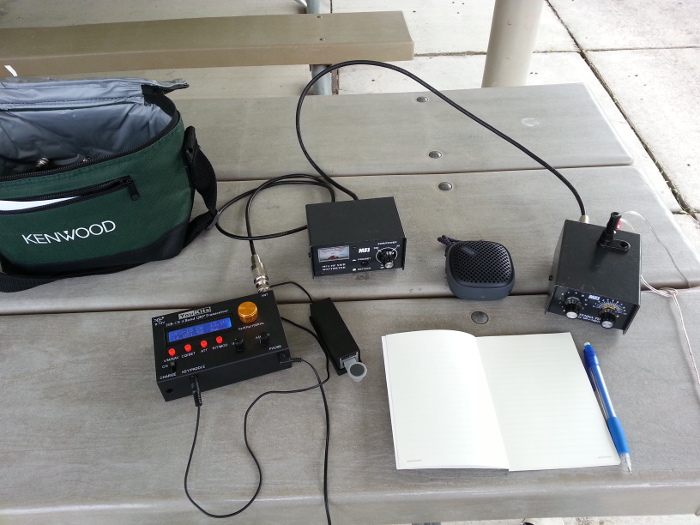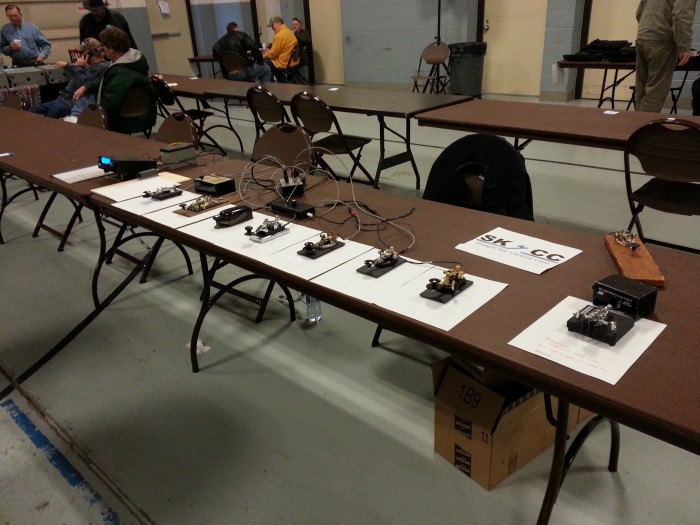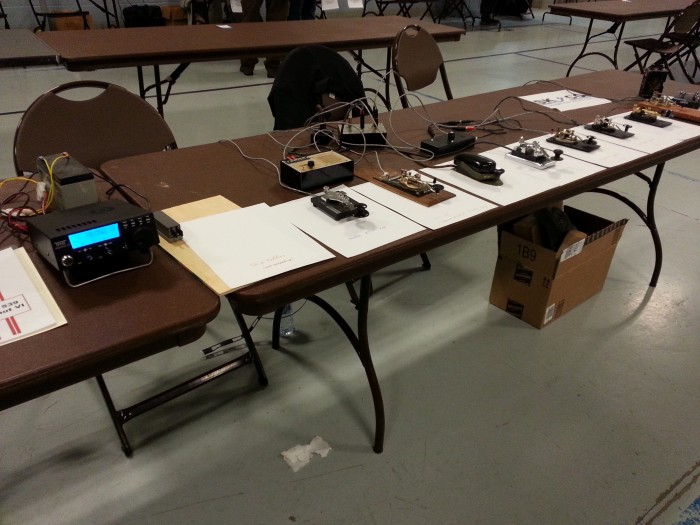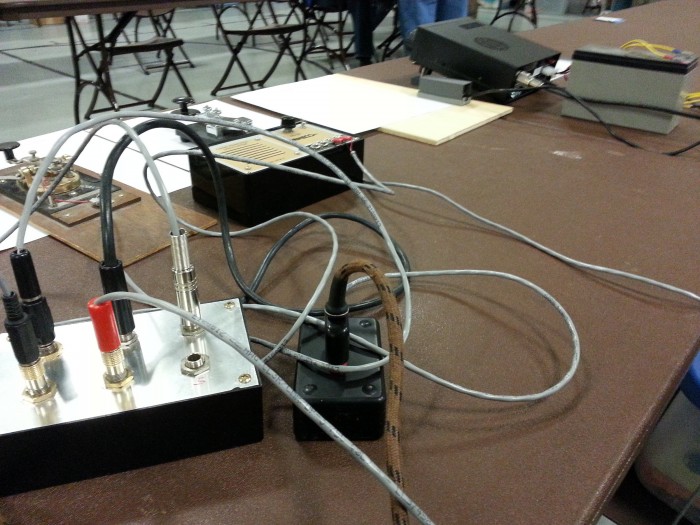Finally. I’ve been wanting to do this for a few years. It has finally happened. In fact it has happened twice now. I’ve been gathering the equipment and creating the packs, testing and watching a lot of activation videos. K4SWL’s videos made my activation feel like I had done it before. I’ve put together a couple packs with all that is needed and a couple different antennas. My favorite set up at the moment is an Elecraft KX2 with an MFJ telescopic vertical antenna mounted on a tripod.
The first park worked was Sand Dues State Forest. Unfortunately I forgot to take pictures. Since it is fairly close to one of the work locations, I may repeat activating the park. Ten CW contacts in forty minutes. I’m not trying to see how quickly it can be done, but it went really well. I did answer a couple questions from a park official while he told me that they would be cleaning up the beach. I started with a single lever paddle, but quickly switched to a straight key. It has been years since I used paddles. Between that and sometimes trying to use a Cootie key, it was better to stick with what I am used to.
The next park activation was Birch Lake State Forest. I used the same equipment and made 14 CW contacts in about 25 minutes. It was all straight key. When I get comfortable enough to notice actual signal level rather than if the received station is weak or strong, I might start trying paddles again. What a nice day to be out. Mid 80’s, just a bit of breeze and a lake right behind me.
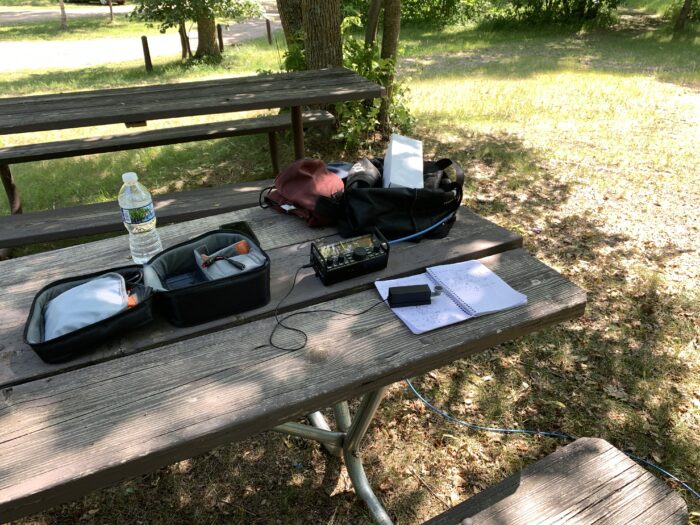
Recently I found out that the local ham club was doing POTA activations. In May I met them at a local state park and tried to activate with them, but had several things not work. I had an RF issue and if you can believe it a Palm paddle shorted. I always carry a second key. It was an American Morse I had wired as a Cootie. It lost a nut and came apart. That activation was observation only. The next club event was at another state park where I took the KX2 and made three CW contacts. Unfortunately they forgot to include them in their report. If they are included the CW part was not. The picture below was at the park with the club. Notice I brought back up equipment!
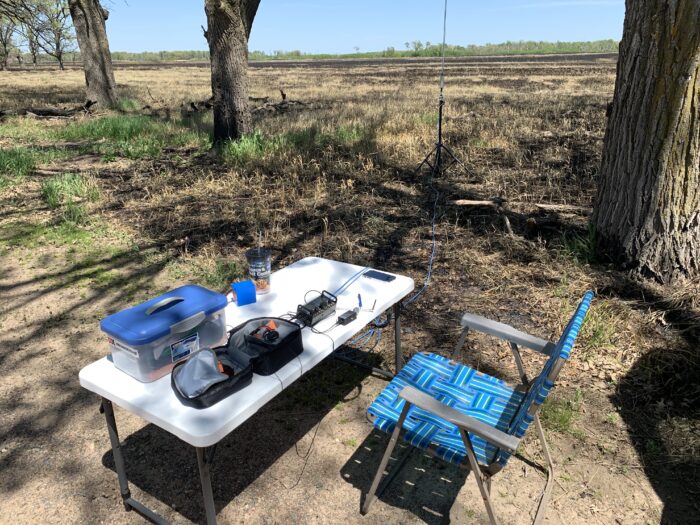
I am glad that I inspired the club president to get out and make some CW contacts at a park on his own. He does SKCC so I am sure he had a good time. I am looking forward to their next activation, probably in July. June is a busy month for most clubs doing Field Day.
So the next challenge for me is to use my other equipment. It must be tested to make sure it is truly ready for use.
Tim


